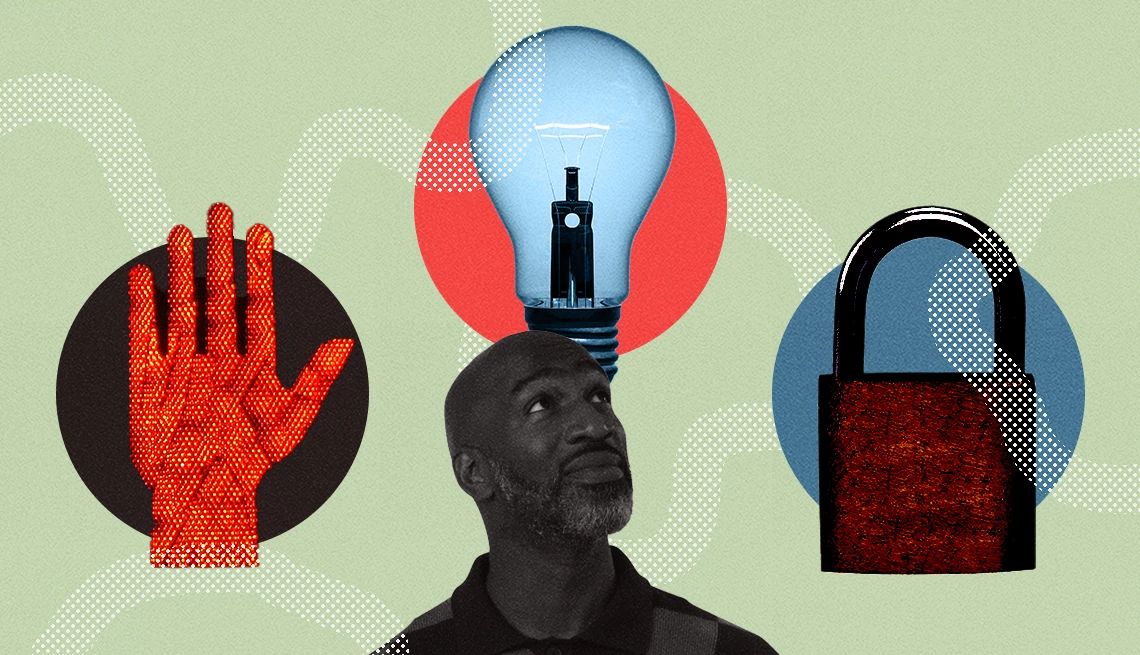AARP Hearing Center


Have you heard of the tech support scam? What about the toll road scam? The grandparent scam? Do you know what the red flags are for each of these scams?
Let’s face it: Keeping up with the latest scams and all the red flags that warn us of each one is exhausting. Scams are constantly evolving and each comes with its own set of red flags to remember. But there are a few general warning signs that apply to a wide range of scams. There are also key ways to respond when you spot those warning signs.
In 2024, AARP Fraud Watch Network embarked on a project to produce a near-universal message to help consumers recognize and avoid fraud attempts. With consultant Heart + Mind Strategies, we collaborated with dozens of people worldwide, including educators, fraud specialists, law enforcement, fraud victims, relevant federal agencies and even a linguist to arrive at a singular message that would resonate widely: Pause. Reflect. Protect.
In Search of ‘Stop, Drop and Roll’ for Fraud
If you grew up in the U.S., you may remember learning in grade school what to do if your clothes catch fire: Stop, drop and roll. This campaign is credited with, along with better building codes and fire smoke alarm use, reducing fire-related injuries.
The AARP project sought to create a campaign similar to Stop, Drop and Roll as an element of the fraud prevention ecosystem.
But before developing a near-universal, safe response to fraud attempts, we needed to identify what exactly might trigger that response. “Stop, drop and roll” has a clear trigger, and a mighty strong one: fire. But fraud attempts are a little more complicated. Ultimately, we arrived at three elements common to most scams: unexpected contact, a surge of emotion and a sense of urgency. Once we teach people that these three elements are triggers, we can teach a safe response to them. We call that response the “active pause.”
The Active Pause
This is no ordinary pause. Rather, it is an intentional act to step back and reflect on what you might know about the situation with which you are confronted. For example: Is your grandson calling you late at night (unexpected contact), saying he’s in jail across the country and needs your help (prompting a surge of emotion from you: I must help him!)? Does he say he needs you to send money immediately (creating a sense of urgency)? These are the three triggers that should elicit an active pause.



































































More From AARP
What Are 'Pig Butchering’ Scams?
Criminals use financial grooming to build victims' trustWhat to Do After You’ve Experienced a Scam
Secure your data post-scam with these vital steps
Why You Should Ignore ‘Wrong Number’ Texts
Criminals pretend to contact you accidentally to lure you into a scam